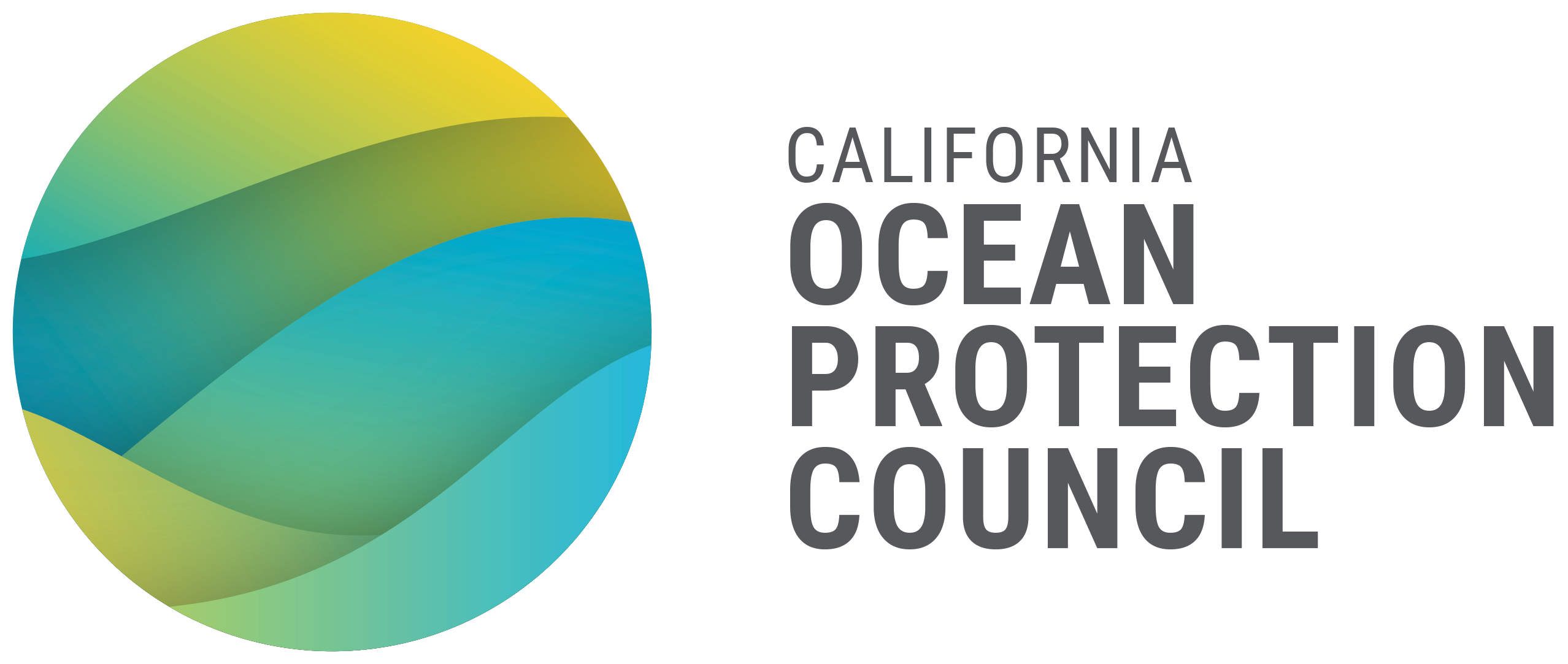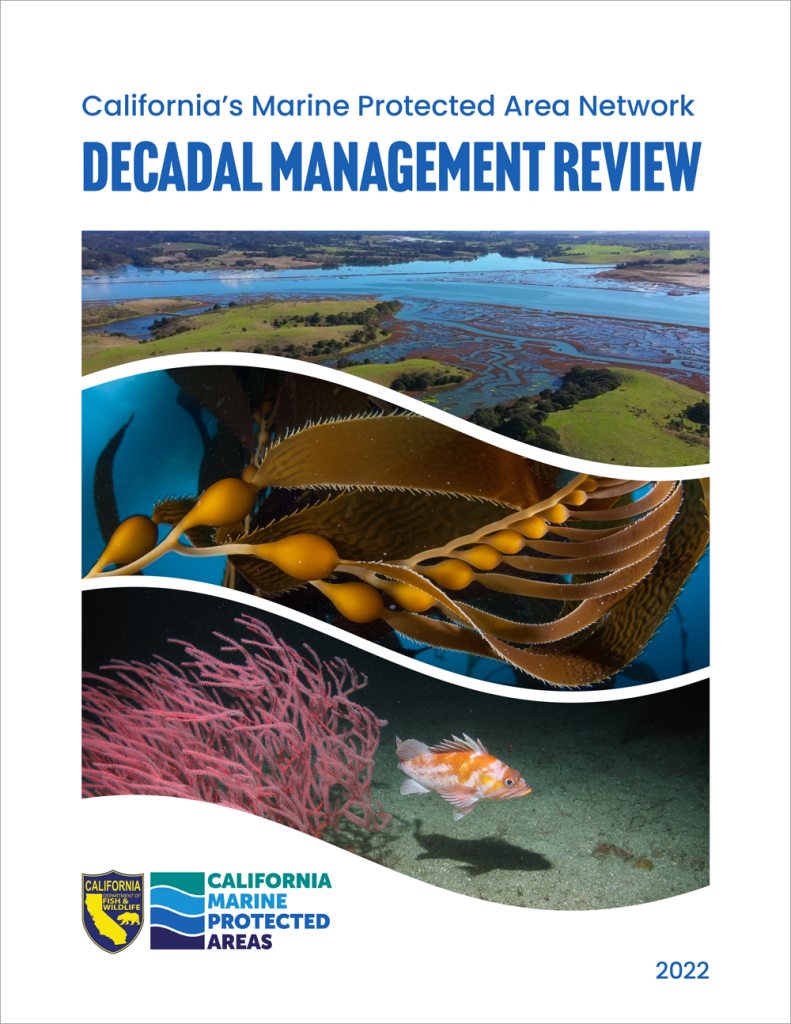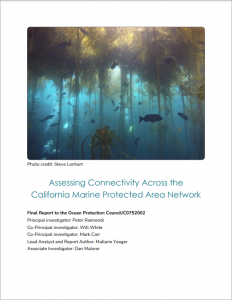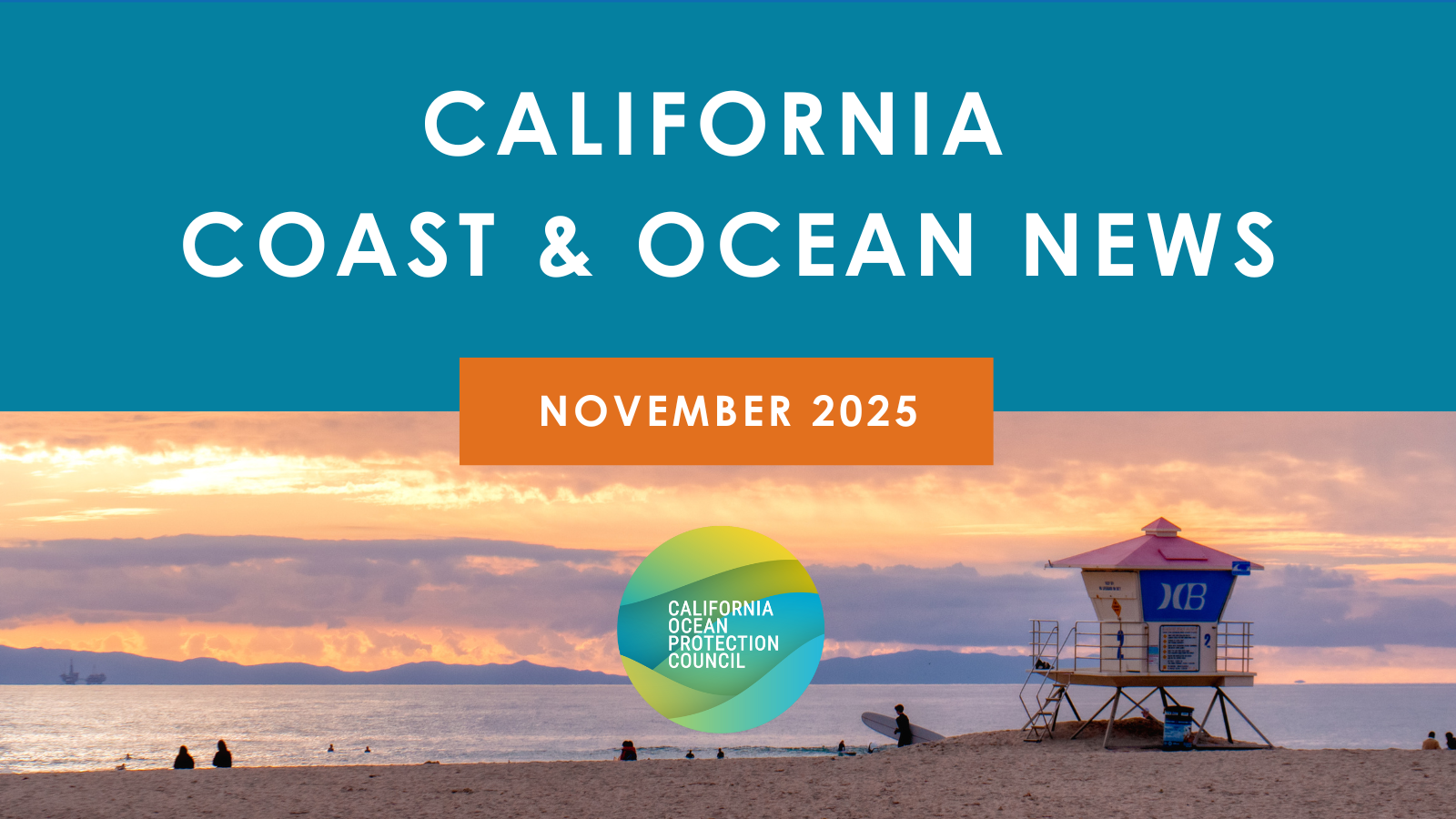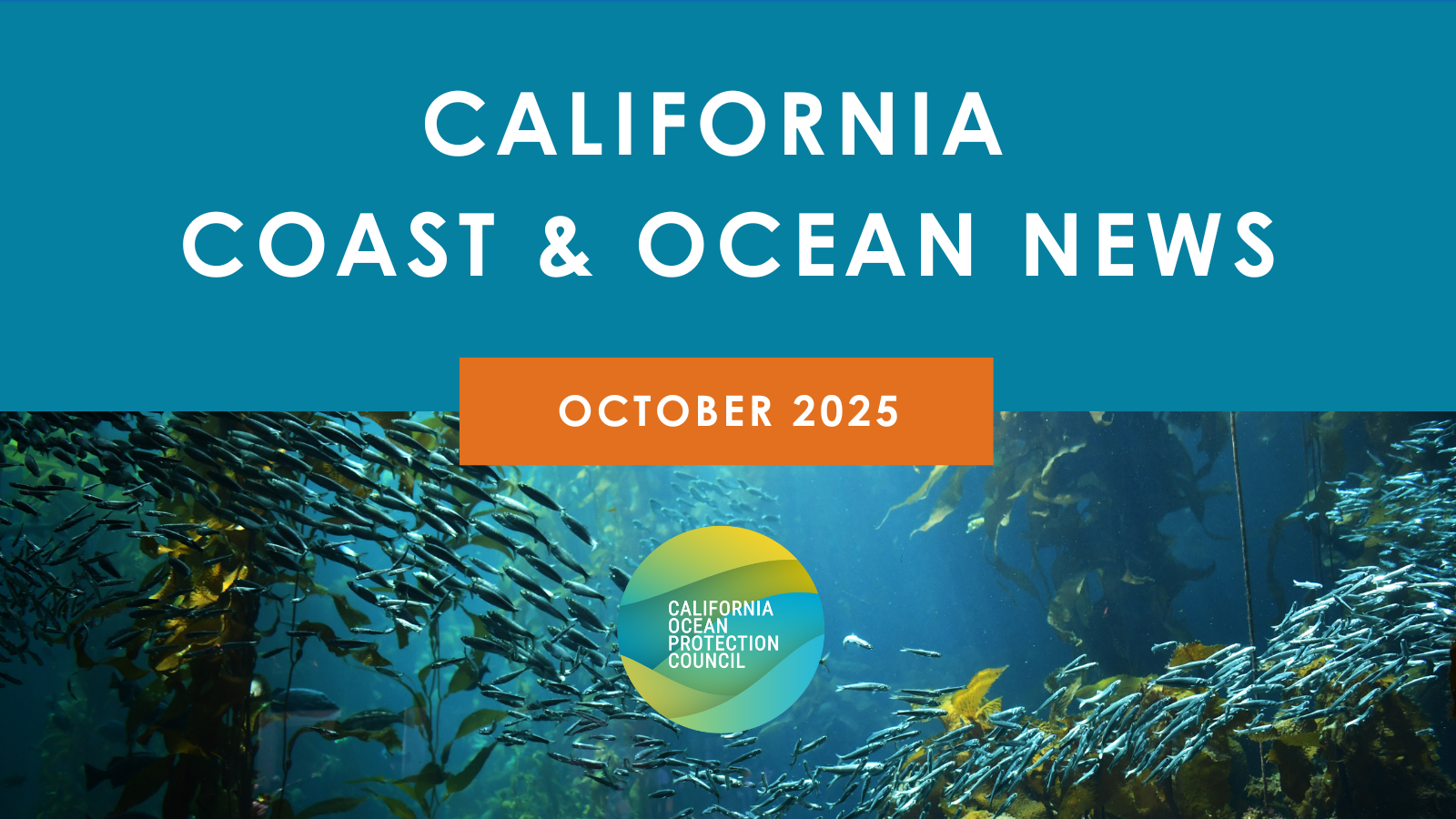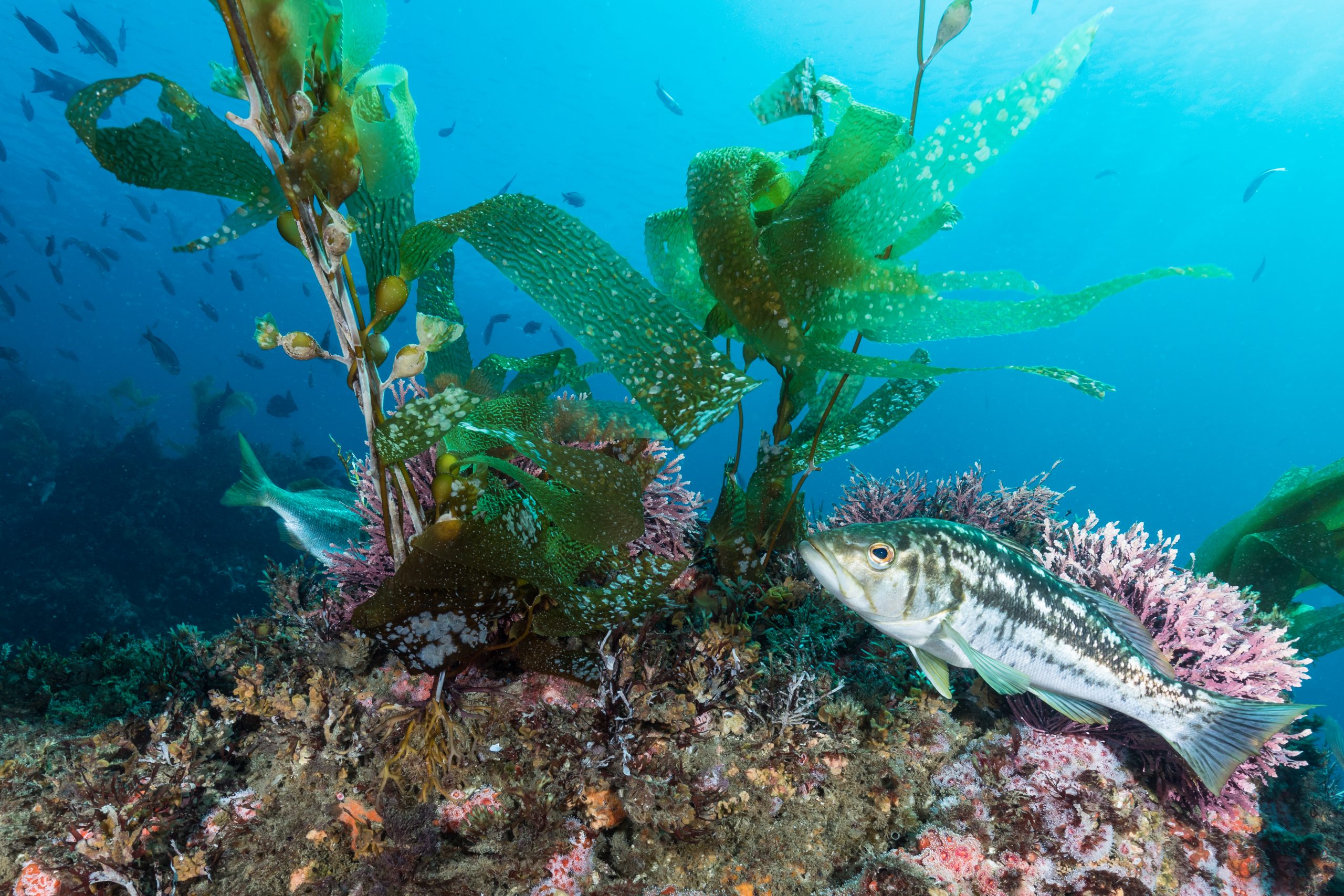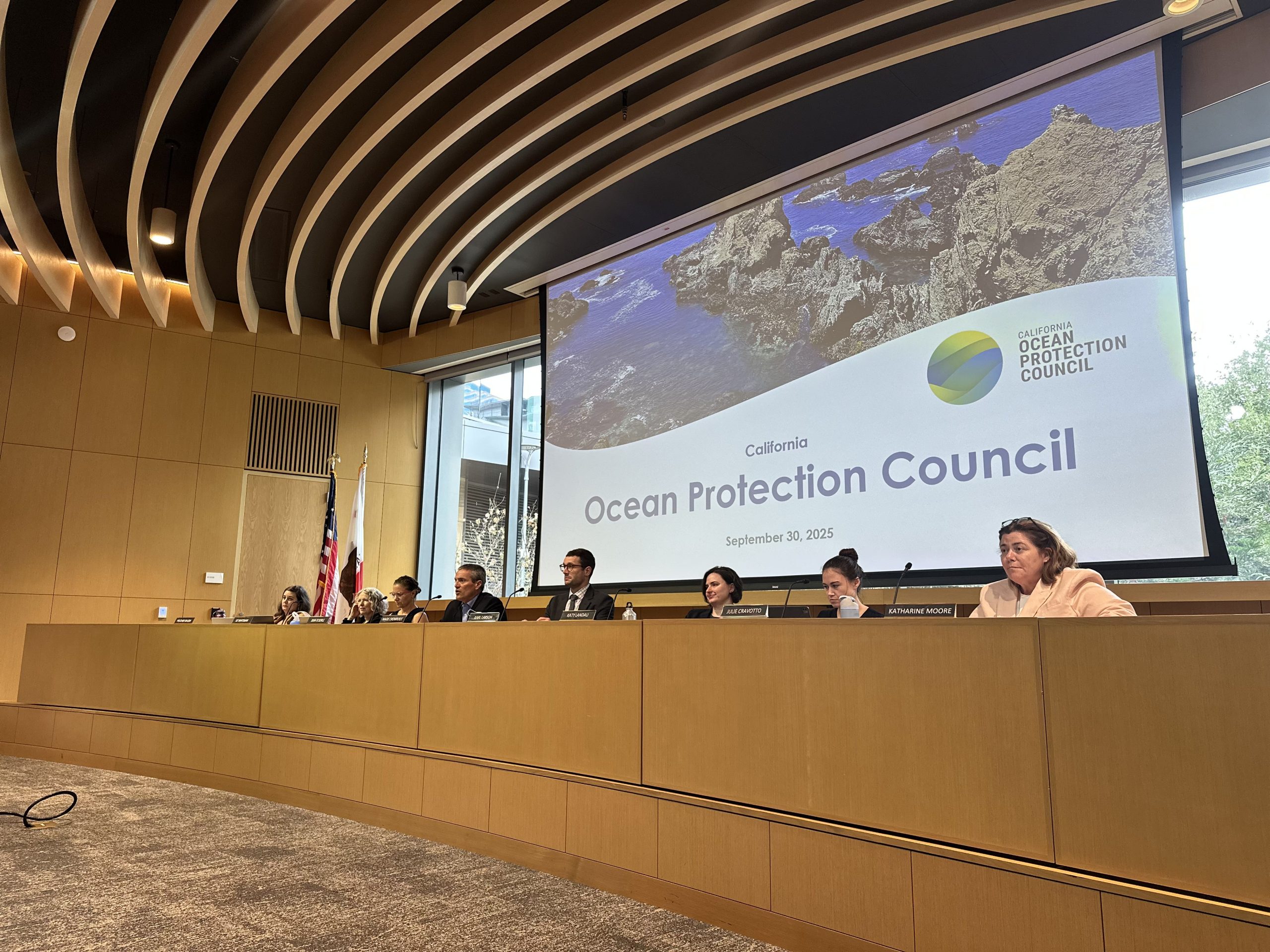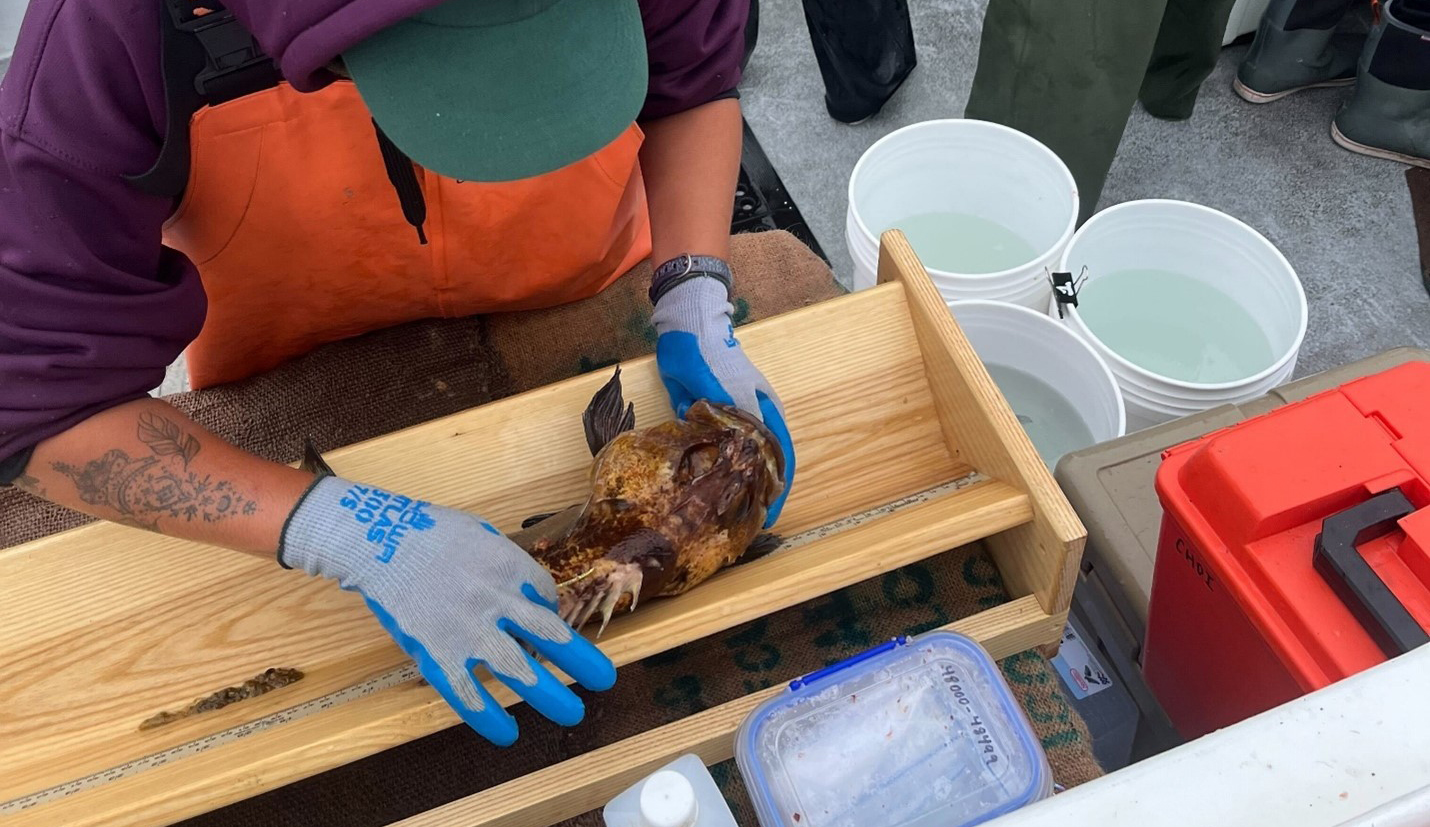Marine Protected Areas
California is recognized as a global leader in marine conservation. Since its inception in 2012, the 124-site Marine Protected Area (MPA) Network continues to support marine biodiversity across California. The Network, which covers every geographic and ecological region of state waters, is increasingly a hub for collaborative marine science. Together, academic researchers, tribal members, fishers, and other ocean users are producing one of the most valuable long-term ecological datasets to assess the health of our oceans in real time.
MPA management is a core function of OPC and is listed as a key priority in the OPC Strategic Plan under Objective 3.3: Support Sustainable Marine Fisheries and Thriving Fish and Wildlife Populations. The extent of MPA work underway at OPC merits a separate page to help direct partners and the public to progress on this objective.
MPA Network Map
The Four Pillars
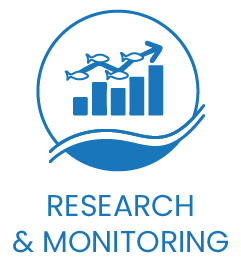
Statewide long-term monitoring continues to build essential datasets and is a core priority of MPA management. OPC leads the funding for MPA monitoring.

Transparent and flexible management requires regular input from and participation from ocean users. OPC coordinates opportunities for public engagement in governance in partnership with other agencies.
MPA Governance and Management
The vast MPA network stretching California’s waters requires close partnership between the three primary agencies tasked with its governance.
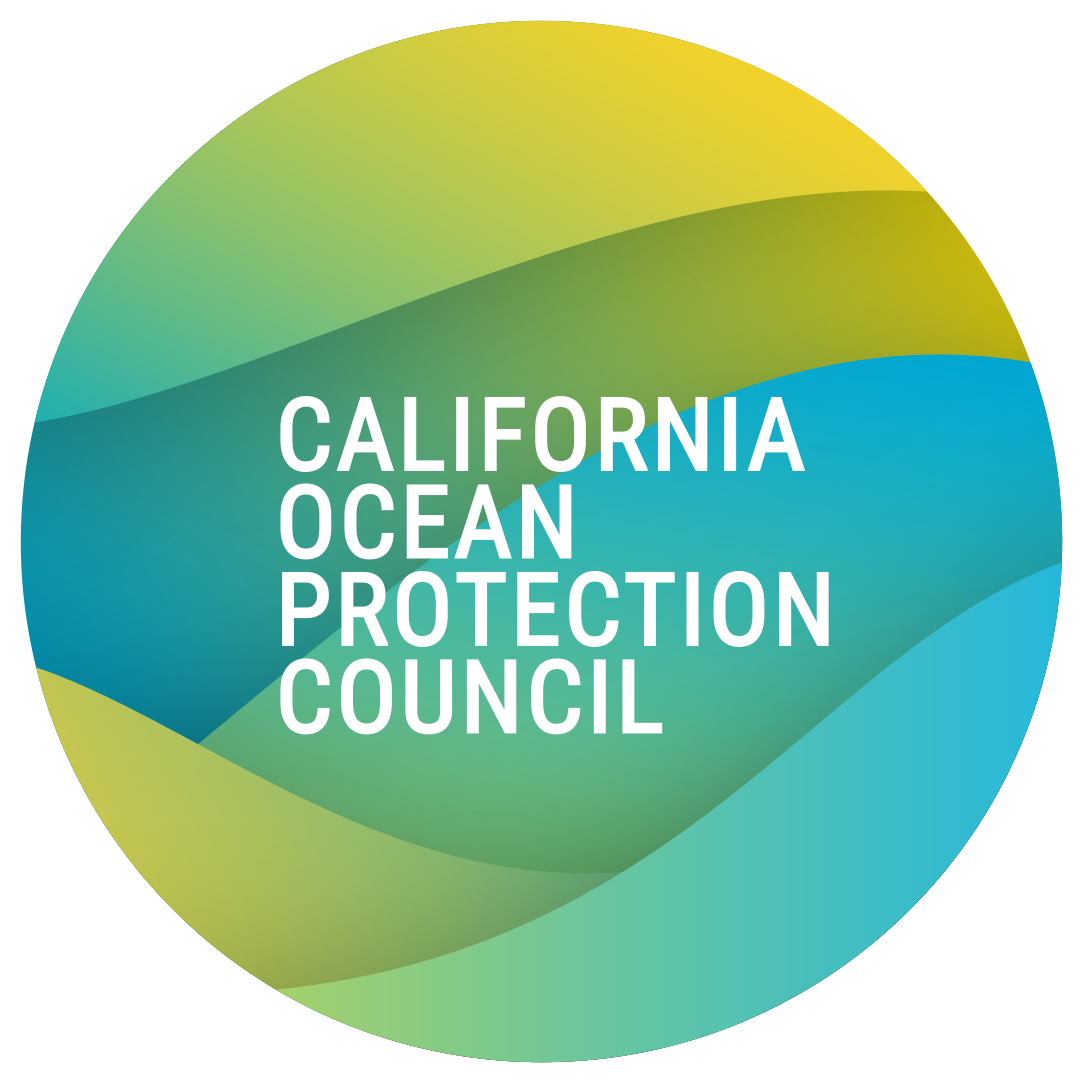
California Ocean Protection Council: OPC is the policy lead for California’s MPAs. OPC sets strategic priorities for the Network, leads tribal engagement, and provides funding for research, monitoring, and restoration activities.
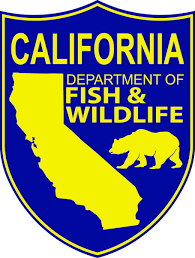
California Department of Fish and Wildlife: CDFW is the lead managing agency for the California MPA Network. The Department implements and enforces regulations and also leads the evaluation of proposed changes to the Network. Visit CDFW’s MPA webpages.
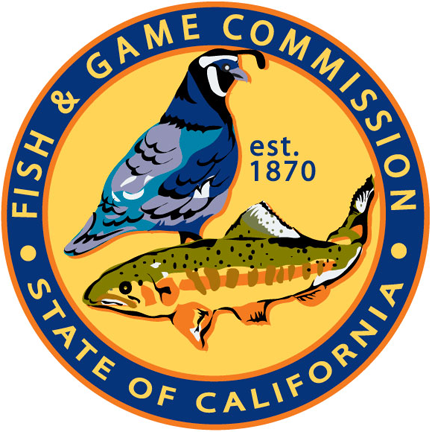
Fish and Game Commission: FGC is the primary decision-making authority for California’s MPA regulation for California’s MPA regulations. The Commission has the authority to sanction changes to the Network. The MPA Statewide Leadership Team, guides program activities and ensures communication, collaboration, and coordination among state, federal, and external entities that have significant authority, mandates, or interests that relate to California’s MPA Network.
Adaptive Management of the MPA Network
Adaptive management is the guiding principle of the MPA Network.
2024 MPA Petition Process
Following the Decadal Management Review, the FGC catalyzed the next step in adaptive management –– inviting the public to submit petitions recommending changes to the network.
OPC is partnering with CDFW and FGC on evaluating 20 petitions recommending changes to the MPA Network. In September 2024, the Council approved up to $500,000 in investments in tools to:
- Create a public mapping tool, called SeaSketch California, to visualize proposed changes
- Update a model of the connectivity of locations along California’s coastal waters to account for changing environmental conditions.
CDFW has separated petitions into 2 categories (or ‘bins’) based on the nature of the changes proposed.
- The five Bin 1 petitions were approved by the FGC on December 12, 2024.
- The remaining “Bin 2” petitions will be evaluated through 2025.
Visit CDFW’s MPA Petition Process webpage and SeaSketch California for more information.
Social Science in MPAs
Building on the strengths of the long-term ecological monitoring program, OPC is committed to advancing key recommendations from the Decadal Management Review to support social science in California MPAs. Visit the Social Science in MPA’s webpage to learn more about how OPC is supporting human-centered research.
Key Reports
California’s Marine Protected Area Network Decadal Management Review Report and Advancement of Recommendations
In 2023, the CDFW released the first MPA Network Decadal Management Review report.
The latest science is telling us the MPA Network is producing bigger and more fish at locations historically subject to high fishing pressure. Individual MPA sites are also demonstrating measurable connectivity. In other words, the strategic location of these sites is facilitating a higher than average flow of fish larvae and nutrients, supporting stable fish populations both within and outside of the Network.
Read the Review summary, A Decade of Ocean Conservation: Key Findings from the First Review of California’s Marine Protected Area Network.
OPC and partner agencies are working to advance 28 priority recommendations to support adaptive management beyond the DMR.
Understanding Connectivity for California’s Coastal and Marine Ecosystems
In 2024, the OPC released a groundbreaking report on ecological connectivity along California’s coast.
This report underscores the importance of connectivity between marine habitats, illustrating how species and resources move across ecosystems, ensuring resilience and stability. By mapping key migratory corridors and identifying priority areas for conservation, the report offers critical insights into maintaining healthy ecosystems and supporting biodiversity along California’s coast.
Read the full report: Ecological Connectivity for Coastal and Marine Ecosystems: Key Insights for Conservation and Resilience.
This model is currently being updated to reflect current oceanographic conditions.
Related Program Updates
To follow OPC’s efforts to support California’s marine protected areas, follow us on social media, and sign up for emails.
Staff Contact

Staci Lewis
Marine Protected Areas
Program Manager
Stacey.Lewis@resources.ca.gov

